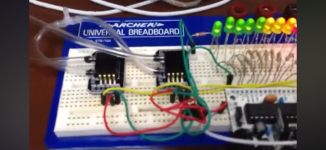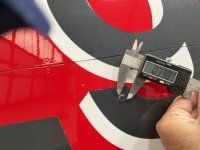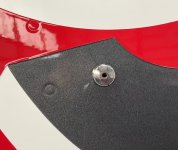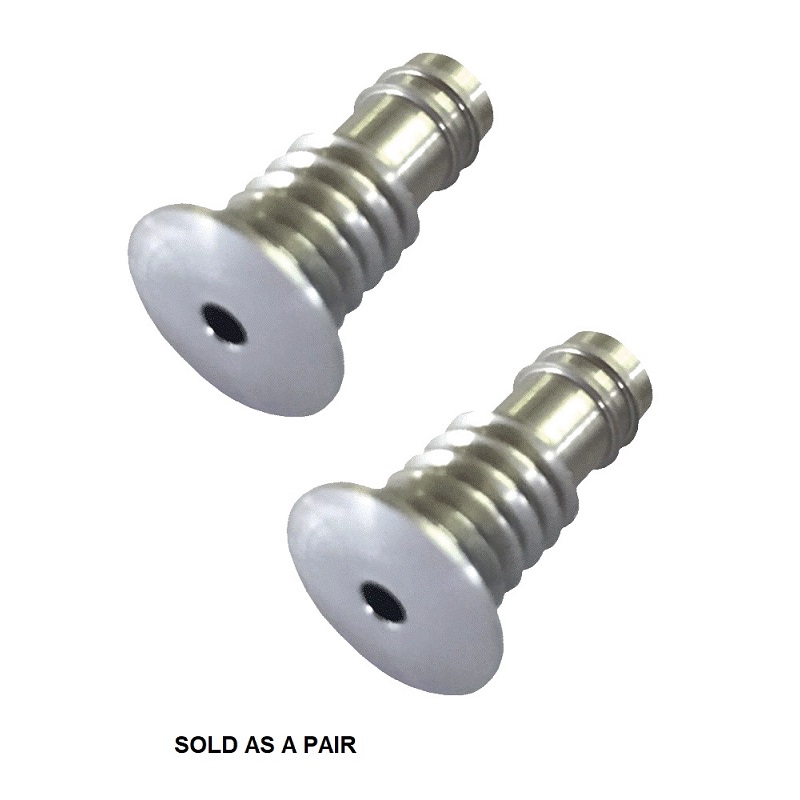Please read the below in its entirety before "killing the messenger" -- just asking a question in an attempt to better understand some things...
---snip---
The instructions in the G3X Touch Installation manual Revision AU for Static Pressure Calibration (Section 30.4.7.4, Page 30-21) describe how to connect the various ports to the calibration test set -- specifically:
"To avoid damaging the ADAHRS pressure sensors, the pitot, AOA (for GSU 25), and static ports must be connected to the test set."
-and-
"It is acceptable to connect multiple pneumatic ports together. The AOA port should typically be connected to the static port so it is always exposed to the same pressure as the static port during the test."
(ed. The "...connect multiple pneumatic ports together..." in the above is poorly worded -- it should be eliminated from the text IMHO)
Unlike the Airspeed Indicator, VSI, Altimeters of old, there's no diaphragm, bellows, eye-of-newt-attached-to-feather mechanism in the GSU 25. The Pitot, Static and AOA ports each have their own transducer and they are mechanically/pneumatically isolated from each other --- No? The pressures, in absolute terms, are on the small side - 14.695PSI at sea level, standard day, decreasing to 10.2 PSI @ 10Kft, 6.4 PSI @ 20Kft and so on.
The AOA is supposed to work by reading impact air pressure -- which at 10Kft and at 200 KTS is about 11.05 PSI. If you were to leave the AOA port "open" (ambient) it would be exposed to the air pressure at the field elevation, which at our field of 800ft is about 14.29 PSI.
Given this - why the warnings?
If it's a software/algorithm thing that the G3X/GSU 25 needs, then so be it, just say that in the docs.
---snip---
The instructions in the G3X Touch Installation manual Revision AU for Static Pressure Calibration (Section 30.4.7.4, Page 30-21) describe how to connect the various ports to the calibration test set -- specifically:
"To avoid damaging the ADAHRS pressure sensors, the pitot, AOA (for GSU 25), and static ports must be connected to the test set."
-and-
"It is acceptable to connect multiple pneumatic ports together. The AOA port should typically be connected to the static port so it is always exposed to the same pressure as the static port during the test."
(ed. The "...connect multiple pneumatic ports together..." in the above is poorly worded -- it should be eliminated from the text IMHO)
Unlike the Airspeed Indicator, VSI, Altimeters of old, there's no diaphragm, bellows, eye-of-newt-attached-to-feather mechanism in the GSU 25. The Pitot, Static and AOA ports each have their own transducer and they are mechanically/pneumatically isolated from each other --- No? The pressures, in absolute terms, are on the small side - 14.695PSI at sea level, standard day, decreasing to 10.2 PSI @ 10Kft, 6.4 PSI @ 20Kft and so on.
The AOA is supposed to work by reading impact air pressure -- which at 10Kft and at 200 KTS is about 11.05 PSI. If you were to leave the AOA port "open" (ambient) it would be exposed to the air pressure at the field elevation, which at our field of 800ft is about 14.29 PSI.
Given this - why the warnings?
If it's a software/algorithm thing that the G3X/GSU 25 needs, then so be it, just say that in the docs.








